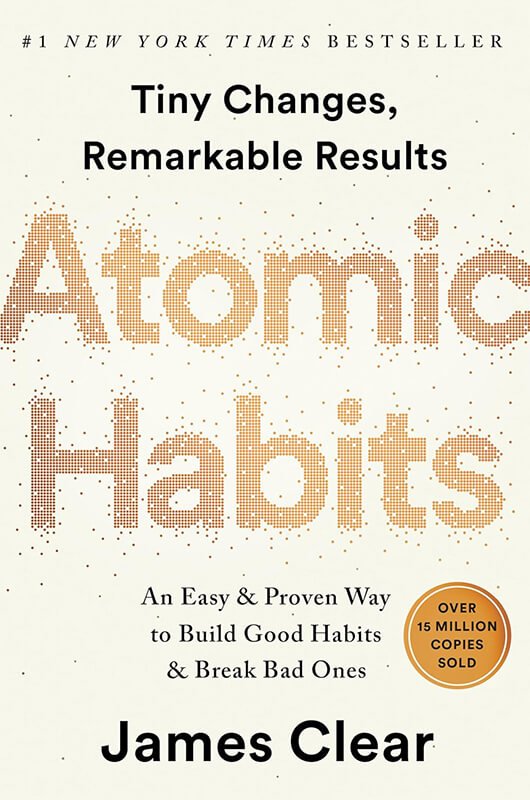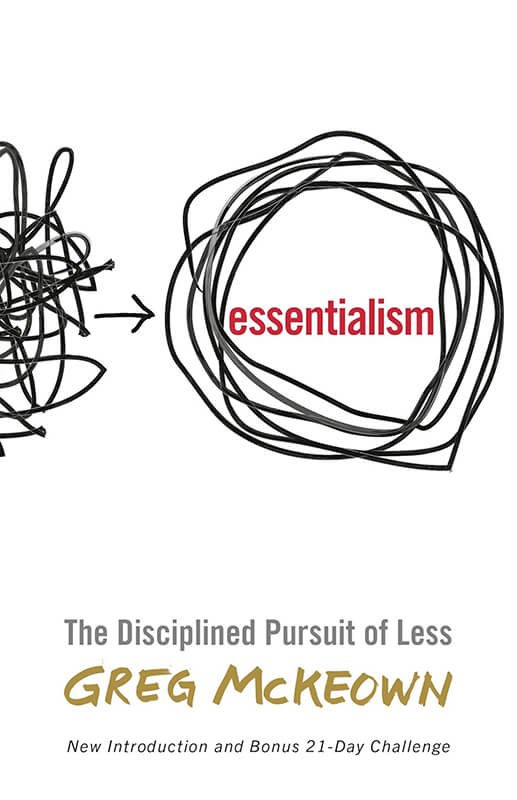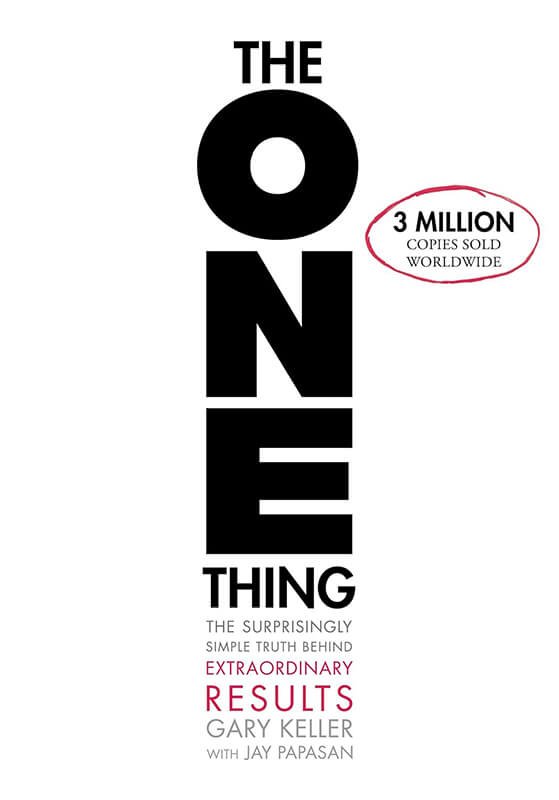In our fast-paced, information-rich world, David Allen’s “Getting Things Done” (GTD) stands out as a productivity bible. First published in 2001 and revised in 2015, GTD offers a comprehensive system to manage tasks, clear your mind, and boost efficiency.
At its core is a simple yet powerful premise: your mind is for having ideas, not holding them. This concept underpins a system promising not just increased productivity, but a sense of relaxed control over life’s many moving parts.
Core Concepts
Getting Things Done (GTD) revolves around five key stages:
- Capture: Collect everything that has your attention, from big projects to small tasks, in one system.
- Clarify: Process these items, deciding what each means and what action, if any, it requires.
- Organize: Put everything in its place, using lists like Next Actions, Project Lists, and Waiting For.
- Reflect: Regularly review and update your system to keep it current and relevant.
- Engage: Take action with focus and confidence, knowing everything else is organized in your system.
By externalizing commitments and organizing them systematically, GTD aims to free your mind from the burden of remembering, allowing you to focus entirely on the task at hand.
Chapter-by-Chapter Review
1. A New Practice for a New Reality
Allen kicks off by introducing the concept of “mind like water”—a state of relaxed readiness inspired by martial arts. He argues that traditional time management techniques fall short in our complex, fast-paced world, setting the stage for the GTD method.
2. Getting Control of Your Life: The Five Stages of Mastering Workflow
This chapter dives deep into the core GTD stages: Capture, Clarify, Organize, Reflect, and Engage. Allen provides detailed explanations and examples for each stage, showing how they work together to create a seamless productivity system.
3. Getting Projects Creatively Underway: The Five Phases of Project Planning
Here, Allen introduces his natural planning model, a five-step process for tackling complex projects. The steps include defining purpose and principles, visualizing outcomes, brainstorming, organizing, and identifying next actions.
4-8. Implementation
These chapters provide a practical, step-by-step guide to setting up your GTD productivity system. Allen covers everything from setting up your physical workspace to managing email and digital inputs. He offers detailed advice on creating and maintaining your various lists and files, ensuring you have a place for every type of information and commitment.
9. Doing: Making the Best Action Choices
This chapter focuses on the moment of choice—how to decide what to do next. Allen introduces the four-criteria model for choosing actions in the moment, based on context, time available, energy available, and priority.
10-11. The Power of Key Habits
These chapters delve into the transformative impact of consistently practicing two key habits: capturing all inputs and deciding on next actions for all your commitments. Allen argues that these habits are the foundation of the GTD system and are key to achieving a state of relaxed control.
12. The Power of Outcome Focusing
The final chapter discusses the importance of regularly reviewing and clarifying your goals and desired outcomes at various levels, from immediate tasks to life purpose. Allen shows how this big-picture thinking integrates with the day-to-day practices of GTD.
Key Strengths
- Comprehensive system that addresses all aspects of personal and professional productivity
- Practical, actionable advice that can be implemented immediately
- Flexibility to adapt the system to individual needs and preferences
- Focus on reducing mental clutter and stress
Potential Drawbacks
- The system can seem overwhelming to implement fully at first
- Some readers find the writing style repetitive or overly detailed
- Written before the widespread use of modern productivity apps, though principles still apply
Who This Book Is For
This book is an invaluable resource for:
- Busy professionals and entrepreneurs seeking better work-life balance
- Students and academics struggling to manage complex projects, deadlines, and information overload
- Creative individuals looking to organize ideas and turn them into actionable plans
- Anyone feeling overwhelmed by tasks and commitments, looking to regain control and reduce stress
Final Review
“Getting Things Done” offers a powerful, comprehensive approach to productivity that can transform how you work and live. Its strength lies in creating a trusted external system for managing information and commitments, freeing your mind to focus on the task at hand. While implementing GTD fully requires dedication, even partial adoption can significantly improve organization and reduce stress.
If you’re feeling overwhelmed and ready to commit to a comprehensive task management system, GTD could be your game-changer. But be prepared to invest time and effort in implementation and maintenance.
Rating: 4.5/5
A potentially life-changing system for mastering workflow and achieving stress-free productivity.

Alternative Books
If you are looking for productivity alternatives to “Getting Things Done”, consider these:

“Atomic Habits” by James Clear
Offers strategies for building good habits and breaking bad ones to improve productivity.
Rating 4.8/5

“Essentialism” by Greg McKeown
Emphasizes the importance of focusing on what’s truly essential and eliminating the rest.
Rating 4.6/5

“The One Thing” by Gary Keller and Jay Papasan
Advocates for extreme focus on the most important task to drive success.
Rating 4.7/5





